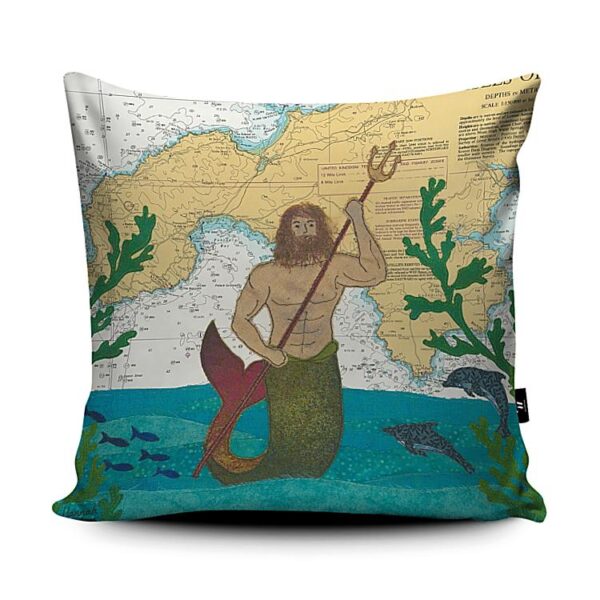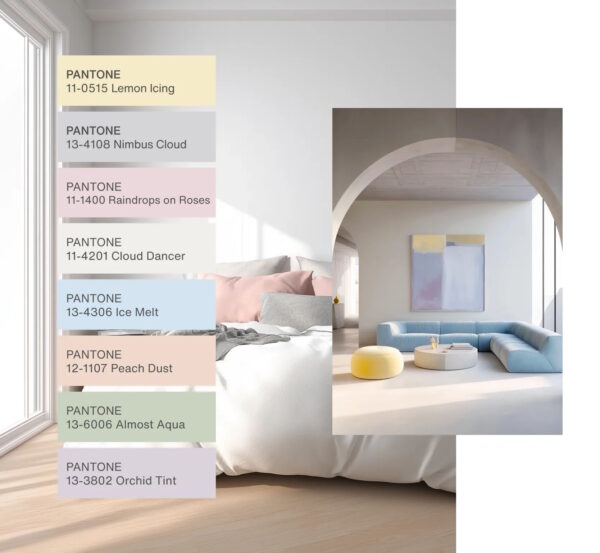 Alan Monahan writes: As with my own appearance, the face of Autumn Fair is much changed from the show I first visited more than 20 years ago. But like me, it has managed to keep a spring in its step despite some shrinkage!
Alan Monahan writes: As with my own appearance, the face of Autumn Fair is much changed from the show I first visited more than 20 years ago. But like me, it has managed to keep a spring in its step despite some shrinkage!
And while some exhibitors at the NEC were bemoaning the fact that ‘fings ain’t what they used to be’, a number of those I spoke to on the Tuesday were not unhappy with the changes that had been made this year.
As is always the case, decent business was done by exhibitors with decent product. Those retailers that did attend created a buzz. Not as loud as in previous years, perhaps – but hey, there aren’t as many bees about as there once were either!
We have to deal with the reality that there are fewer gift and home and greeting card retailers of the bricks and mortar kind than there once were. More and more purchases are being made with a click, and the message is clear: adapt or die.
And although online shopping fraud, which is rife, may deter consumers from buying high-value items via the internet, it won’t turn back the tide.
 A study of more than 2,000 online shoppers by payment security firm Shieldplay revealed that almost a quarter of them had been the victim of a scam while web shopping, losing an average of £608 but getting around only £55 back from their banks in compensation. And although 37% of victims said that they recovered the full amount lost, one in eight reported they got nothing.
A study of more than 2,000 online shoppers by payment security firm Shieldplay revealed that almost a quarter of them had been the victim of a scam while web shopping, losing an average of £608 but getting around only £55 back from their banks in compensation. And although 37% of victims said that they recovered the full amount lost, one in eight reported they got nothing.
But the online advance can’t be stopped and, looking ahead, Black Friday 2018 in late November will continue the trend. As Salmon, the digital commerce consultancy says, the imported American event last year demonstrated that the days of customers camping outside stores waiting to grab at the promotions – and sometimes literally fighting over the best deals – are over. Consumers now prefer the comfort of online shopping to in-store chaos.
In 2017, Salmon gathered robust performance data directly at source to launch clients’ preparations for their next peak campaign.
What it saw was record online transactions, record online revenue, and a tipping point for mobile – more than half of its clients’ orders came from mobile devices last year as they enjoyed success using the instant nature of mobile communication to launch rapid-fire, short-lived, carefully-targeted deals, in a sign that Black Friday strategies are becoming more agile and dynamic.
 And once again it discovered the Black Friday trading period stretched beyond its traditional boundaries, with retailers jostling to get their noses in front of the competition with pre and post-event deals which effectively extend the season further, which has its plus points and its drawbacks.
And once again it discovered the Black Friday trading period stretched beyond its traditional boundaries, with retailers jostling to get their noses in front of the competition with pre and post-event deals which effectively extend the season further, which has its plus points and its drawbacks.
A longer online shopping event eases the traffic loads on e-commerce platforms and last year saw fewer of the technical glitches that have brought online sales channels down.
The downside is that a longer period creates a bigger logistical challenge. Predicting when peaks might come across a four or five-day period is extremely difficult, says Salmon, and operations need to be ready to handle them whenever they might hit. It is also possible that the stretching out of the Black Friday period is making it difficult to predict its growth. Last year a number of retailers again underestimated demand and began to run out of stock.
I would also suggest that small, independent bricks-and-mortar retailers need to assess whether it’s worthwhile running Black Friday promotions at all, and consider if they would be better off concentrating on their festive season sales, bearing in mind that after the event Christmas will be just a month away.
 There is only so much disposable income. A survey by Barclaycard suggests that a third of consumers are planning to reduce their spending after its data revealed that it rose 4.5% year-on-year in August.
There is only so much disposable income. A survey by Barclaycard suggests that a third of consumers are planning to reduce their spending after its data revealed that it rose 4.5% year-on-year in August.
For those who do take the Black Friday plunge, Salmon believes that a mobile-first approach with e-commerce platforms is now essential and should be put at the centre of retailers’ marketing strategies.
And it thinks that for the retailer with physical premises the dominance of digital creates an opportunity to rethink their store and develop innovative ways to use it.
‘If you don’t find a way for your store to add value to your Black Friday project, it is just a wasted resource … now is the time to start thinking about fresh ideas for bricks-and-mortar commerce – what it can offer in terms of service and experience to complement online.
‘The retailers who got the most from their stores over last year’s Black Friday period are already doing this, and are using their premises to create a point of difference with the likes of Amazon. In-store click-and-collect is one example of a way to use your store to extend the range of order fulfilment options to customers. Another route is to use stores as a focus for experiential marketing opportunities, creating unique events which attract footfall and provide access to products that customers cannot get online.’
 As I write, the young man who looks after my grass – I don’t have ‘lawns’ – is scarifying the bejuses out of it and scattering seed after the dry summer. I’ll probably have to water it in, despite the BBC weather app – which often gets things wrong – telling me that rain is expected. If you are a retailer on the coast or near a popular historic destination, I know that these frustrating forecasts drive you potty and often deter potential shoppers from visiting your shops.
As I write, the young man who looks after my grass – I don’t have ‘lawns’ – is scarifying the bejuses out of it and scattering seed after the dry summer. I’ll probably have to water it in, despite the BBC weather app – which often gets things wrong – telling me that rain is expected. If you are a retailer on the coast or near a popular historic destination, I know that these frustrating forecasts drive you potty and often deter potential shoppers from visiting your shops.
Anyway, it seems that differences in temperature are a good predictor of non-food sales growth – but only at certain times of the year.
A BRC-Met Office study reveals that while some periods – particularly the Christmas season – show little relationship with the weather, others are highly sensitive to temperature. During the summer to autumn transition, nearly half of the variation in weekly sales growth from year to year over this period can be accounted for by differences in temperature between years. The analysis implies that for each degree warmer the first week of September is relative to the previous year, the rate of growth in non-food sales is reduced by 1.1%, equivalent to around £40m in sales.
The study found little evidence that, at an aggregate level, temperature has a permanent impact on sales. If September is warmer and consumers do not buy as many cold weather products, they spend more on these once cooler weather finally arrives. However, unseasonal weather can strongly affect monthly growth figures and be easily mistaken for changes in underlying consumer confidence. It can also impact profitability, with retailers selling more stock on discount following a period of unexpectedly weak sales.
Hoping for an Indian summer? Be careful what you wish for!

















